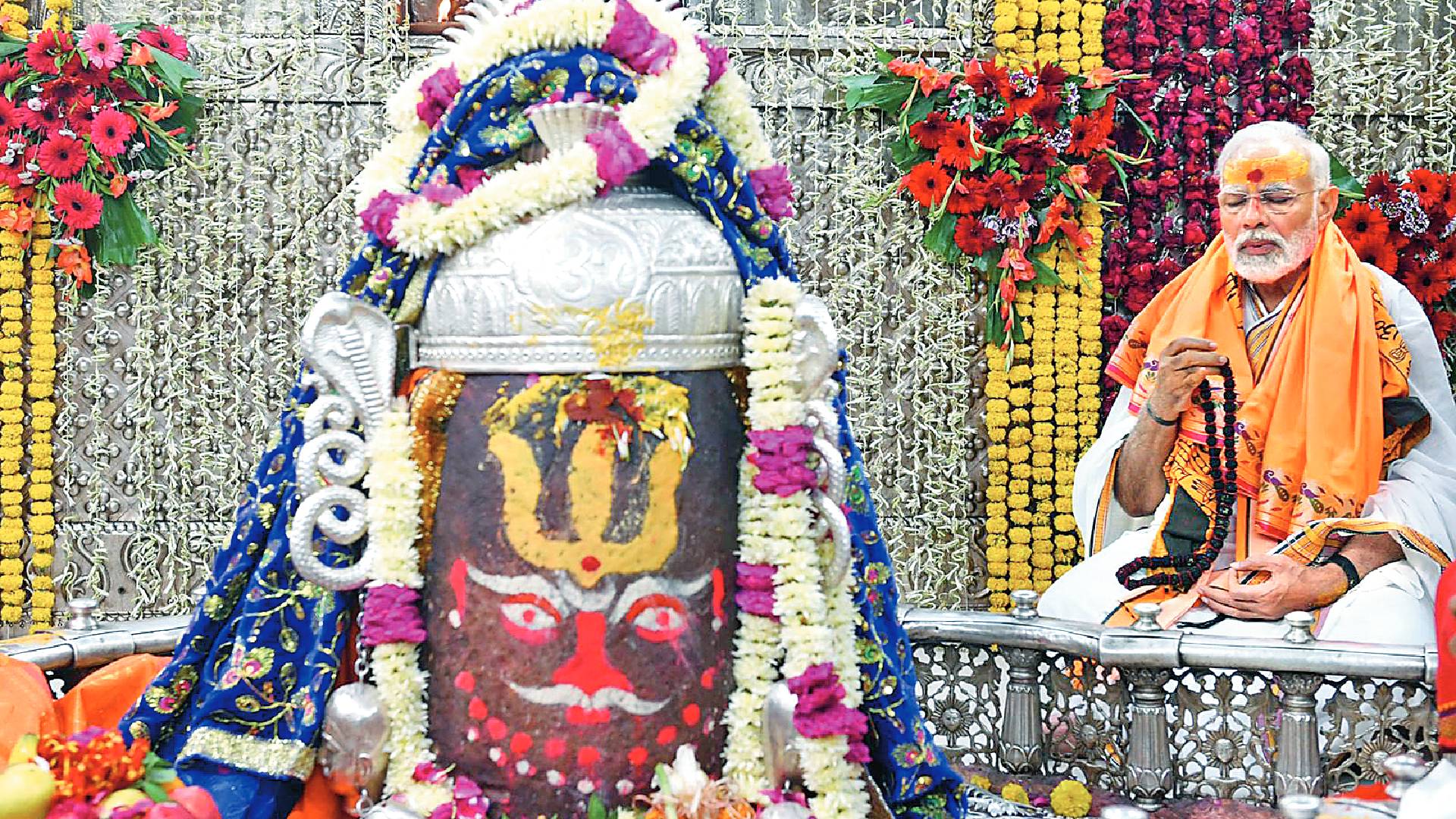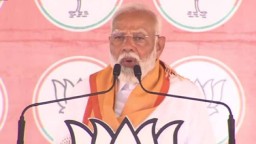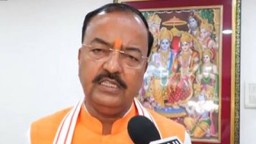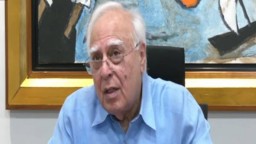NaMo CRAFTING A NEW NARRATIVE FOR BHARAT

The narrators recount their experiences regarding PM Narendra Modi’s initiatives and vision, highlighting the successful creation of the Mahakal Corridor. They also discuss Modi’s vision, which has resulted in the transformation of the border areas of Barmer and Jaisalmer in Rajasthan, now adorned with solar panels and solar power plants, significantly altering the region’s economy and landscape, among other developments.
Modi ji transformed Ujjain into a cultural and spiritual capital
It was in 2016 that Singhasth Mahakumbh was held in Ujjain. Prime Minister Narendra Modi had also come to attend the religious festivity. During this time a ‘Vichar Mahakumbh’ (exchange of ideas) was also held in which various proposals were discussed. One of the proposals was to adorn the Mahakal temple with the legends of Lord Shiva so that the millions of devotees who visit the temple from the country and abroad, have something more to see apart from the ‘darshan’. It was then the PM’s effort and vision that led to the successful establishment of the Mahakal Corridor, a unique initiative to enhance the value and attraction of the historic temple and establish it as an eminent tourist centre before the world.
Modi ji had been to Ujjain earlier in 2004 for the Kumbh Snan (the holy dip during Kumbh). He was the CM of Gujarat at that time, but once at this holy place, he took the dip in the Kshipra river at Ram Ghat just like a common devotee, deeply steeped in devotion of Mahakal. He then went for Mahakal ‘darshan’. We felt the thought of a Mahakal Lok (corridor) that would reflect the grandeur of Lord Shiva had already come to his mind at that time.
By 2016, he had decided to change the face of Ujjain and started plans for the same. He brought the Smart City project to Ujjain and stressed the cleaning of the Kshipra River. When in his early days he came to Ujjain to chair party meets or later when he held election rallies here, he always used to say, one day I will bring holy Narmada waters to mix with Kshipra. And he, with the assistance of the Madhya Pradesh government, did make it a success.
Modi ji’s vision was to make Ujjain a cultural and spiritual capital and he tirelessly worked towards it, leading to the transformation of the temple complex and uplift of the city in its wake.
When he came to the temple for puja, he strictly adhered to the traditions and religious customs laid down by the shastras (religious texts), which underscored his piety and sincerity.
How one man’s vision is making India a solar power hub of the world
When I first met him in 2005, he told me the future of petrol and fossil fuels was not bright and we need to look for alternate sources of energy for a sustainable future. He said we have sunlight for almost 10 months of the year if the two months of the rainy season are excluded. Why don’t we use the same to power our homes and industries? It is a tremendous source of clean energy! He asked to think of making Gandhinagar a solar city and plan accordingly. Gandhinagar today indeed is a solar city. Even at that time, it was his far-reaching thought that we should invest in solar energy before most people had even thought of such a possibility.
It is due to Modi ji’s vision that today border areas of Barmer and Jaisalmer in Rajasthan are replete with solar panels and solar power plants which have completely changed the economy and the landscape of the region. Power is a major fulcrum of economic development and cheap power can go a long way in promoting investments and industries. Modi ji had understood this way before others could even dream of such a venture because he had located this is India’s strength which could give us a headstart in this direction.
He always used to think differently and see what others couldn’t. His inquisitiveness led him to China and there he saw how solar power was being harnessed through huge plants. Even back in 2005-2006, he was discussing how solar panels could be set up along the Narmada canal (Sardar Sarovar canal) and how this would benefit us. We told him that doing so would save land and since farmers used the canal, they would also have access to power. But Modi ji was two steps ahead of us. He said, setting up panels along the canal would increase their efficiency as water would flow below the panels and keep them cool. Such technical knowledge just bowled us out.
When we look back in 2030, we would say it was the vision of one man which made India the largest renewable energy-producing country in the world. Modi ji had seen the canal concept during his Korea visit and he was keen to replicate the same along the Narmada canal. Initially, everyone was apprehensive that it would be too expensive a project and that we must wait for better or cheaper technology to implement it. But Modi ji did his all to ensure it was successful here. It was in Vadodara where for the first time in the country the project was finally implemented. Modi ji had no hesitation in walking the extra mile when it came to adopting the latest technology for the benefit of the economy and the masses.
In 2022, when there was a national meet of the village heads in Delhi, Modi ji interacted with many of the panchayat pradhans at his residence. When he heard of Becharaji, he instantly took a detailed status report of the solar power plant being built at that time at Modhera near Becharaji as to how was the progress of the project and how it was affecting people there.
A very big solar power plant is being built in the Rann of Kutch desert. This will give a big boost not only to the remote Kutch region but to Gujarat’s power scenario as well.
COMPILED AND EDITED BY SHASHIKANT SHARMA













 (13).jpg)




.png)


